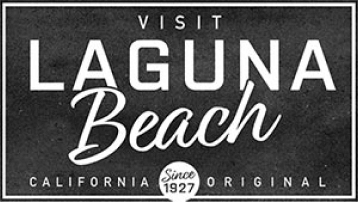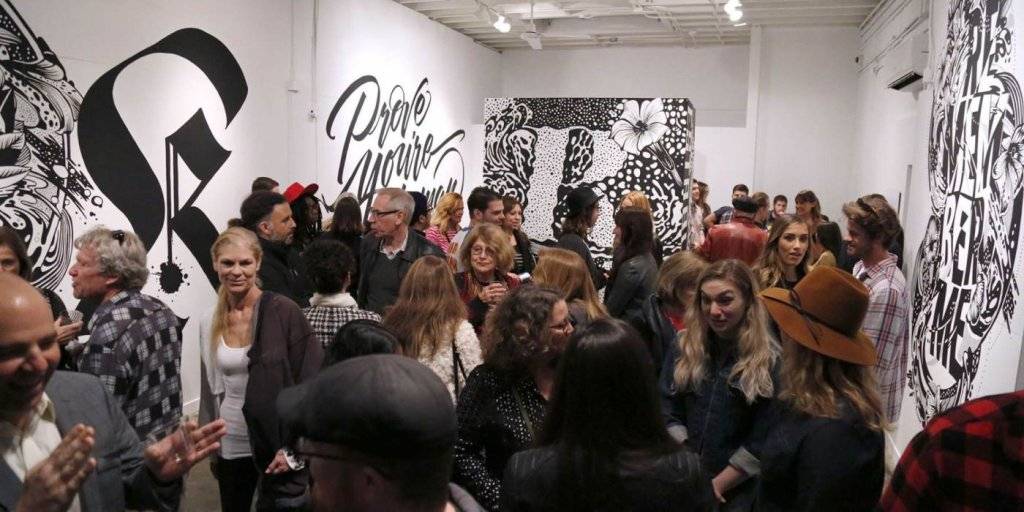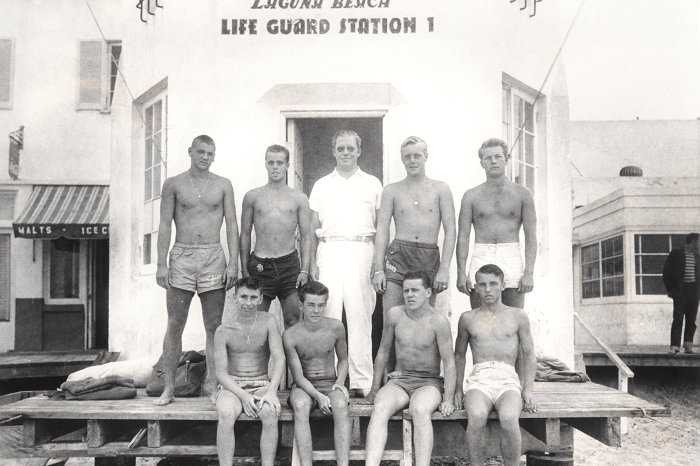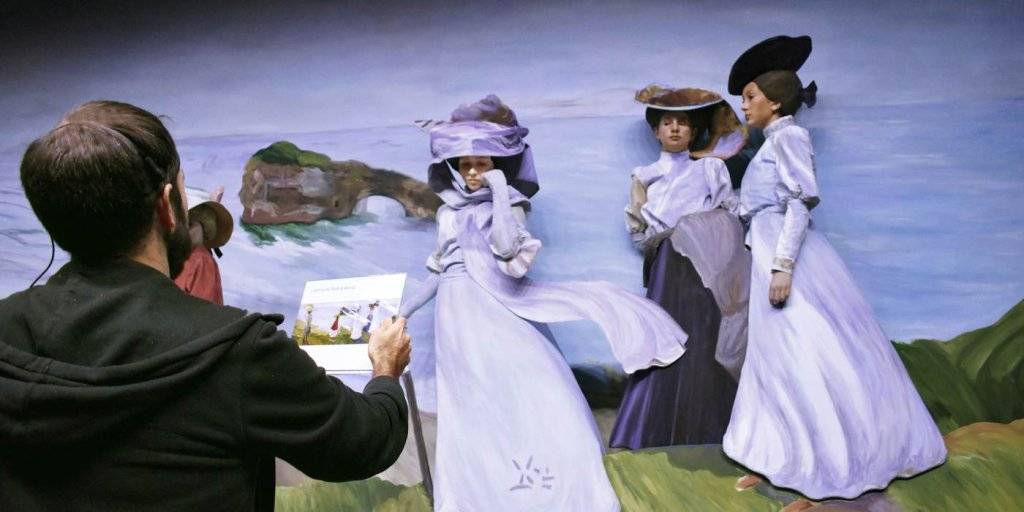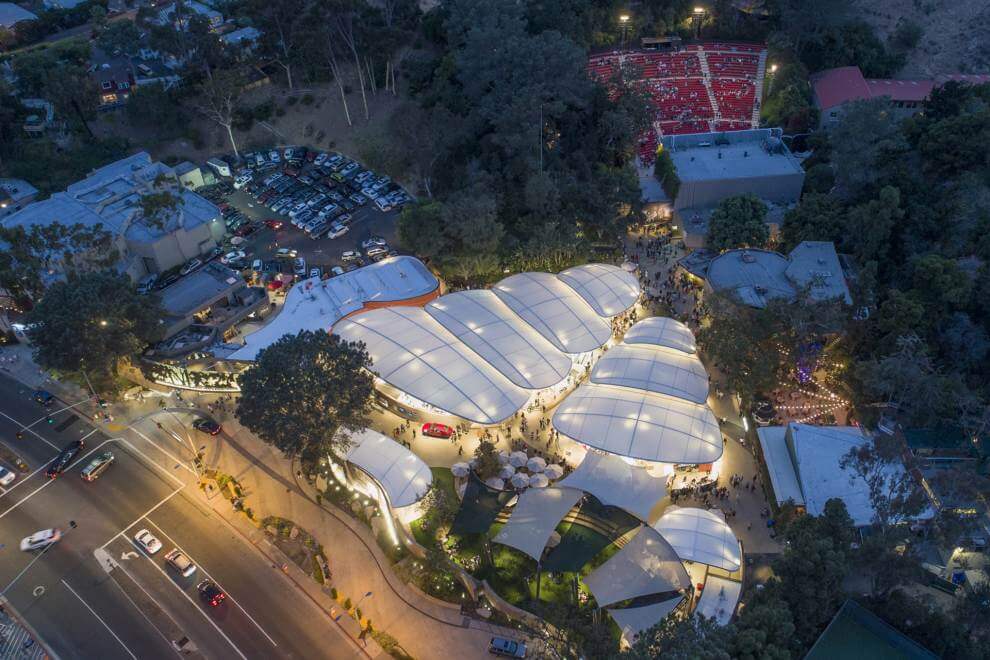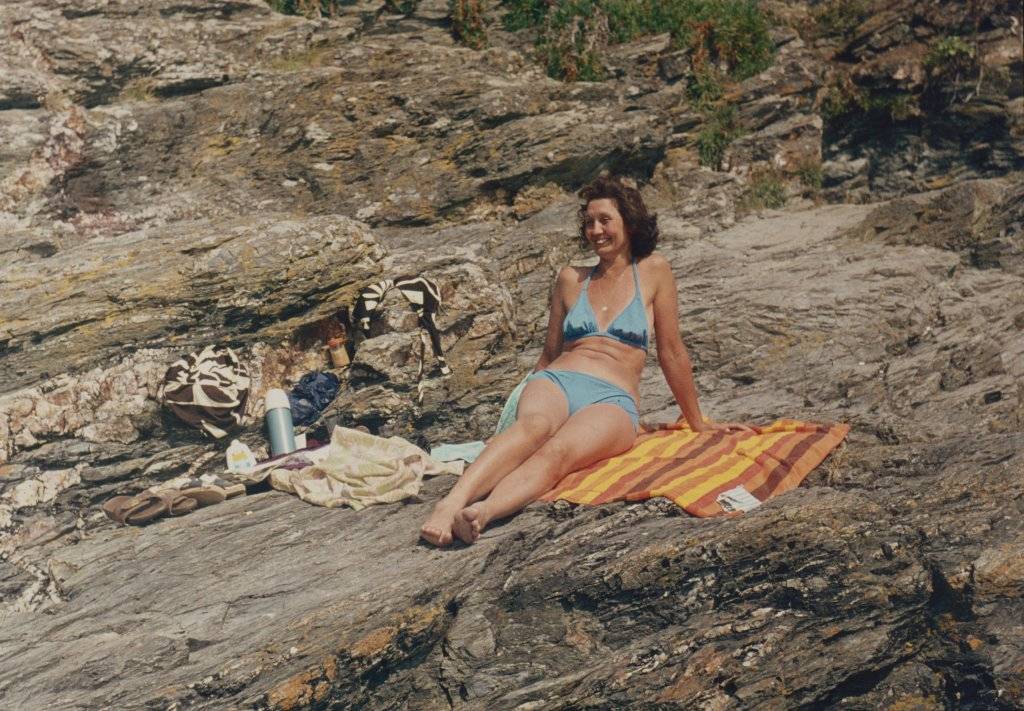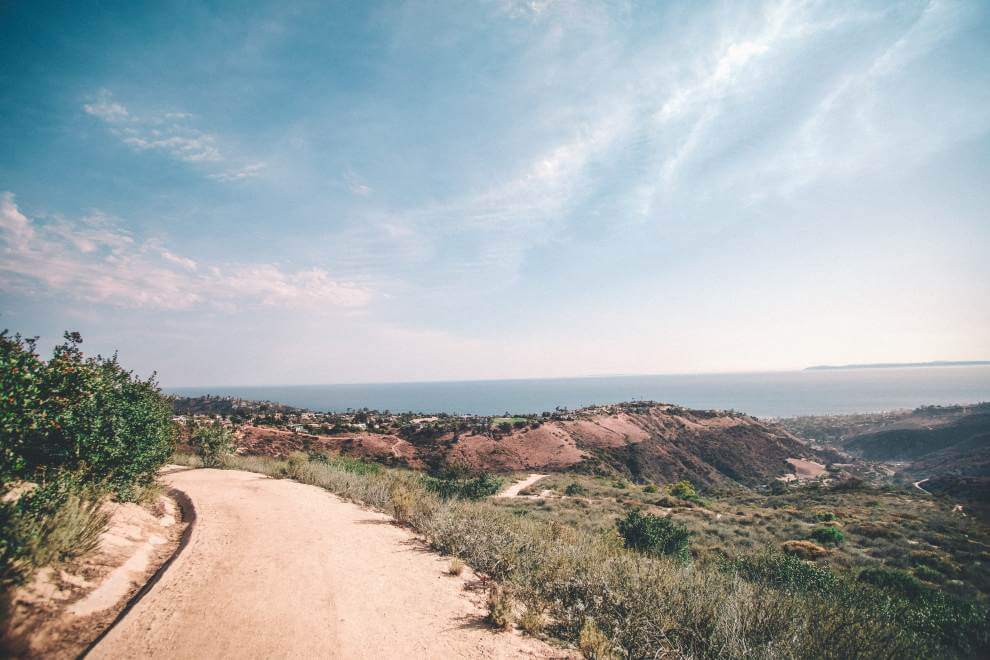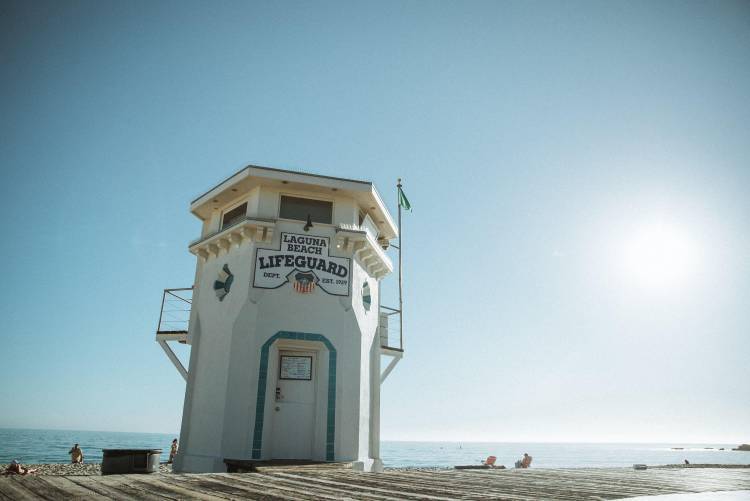
The Story of Laguna Beach, California
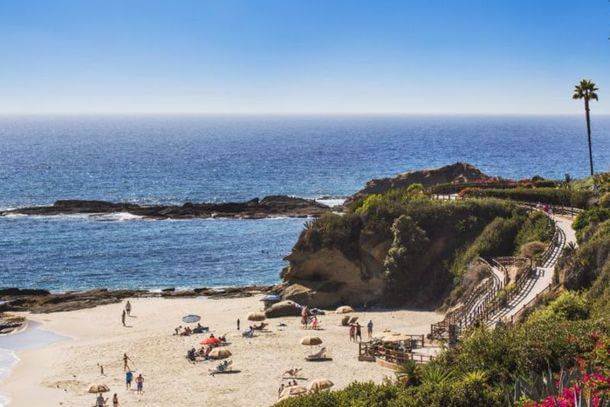
Sometimes it’s very easy to visit a destination and enjoy all that is has to offer while never really thinking twice about how it came to be such a great place to visit.
Like any city, Laguna Beach has its history and lucky for us, ours is pretty exciting. Our past has helped cultivate who we are today and we take pride in our journey that led us to where we are today.
Laguna Beach’s rich history began in the very early times, when local Native Americans thrived on the rich coastal lands and freshwater canyon lakes that made up the area they named Lagonas, which translates to “lake.”
By the late 1800s visitors were making an annual pilgrimage through the canyons to camp at Laguna Beach each summer. By the time painter Norman St. Clair visited from San Francisco in 1903, Laguna Beach already had become a popular tourist destination for artists with a hotel: the Hotel Laguna.
Like tourists of any era, St. Clair returned home with glowing reports and landscape paintings that led his artist friends to follow him south. It wasn’t long before Plein Air artists like William Wendt and California marine artist Frank Cuprien moved to Laguna Beach. Within a few years, Laguna Beach had a permanent population of about 300 people — half of whom were artists.
In 1918, artist Edgar Payne opened an art gallery that later became the Laguna Art Museum, one of the first art museums in the state. Today, they are celebrating 100+ years in our community.
The White House Restaurant was established in 1918 and The Laguna Playhouse got its start in the 1920s. Summer cottages dotted the landscape near downtown.
The early Depression years weren’t kind to the art community, and in 1932 the Festival of Arts staged its first show in the downtown area, hoping to draw some additional business to town after the Los Angeles Olympic Games. Artist and vaudevillian Lolita Perine added ‘living pictures’ to the festival, launching the tradition of Pageant of the Masters.
The city had already caught the eye of Hollywood filmmakers. Hollywood stars like Bette Davis, Mary Pickford, Judy Garland, Rudolph Valentino, Charlie Chaplin and Mickey Rooney maintained homes in town. Later, Ozzie and Harriet Nelson joined them.
During World War II, servicemen stationed in the area became acquainted with the Orange County coast — and many of them came back to live later on.
The Surf & Sand Resort opened in 1948; its restaurant became popular with a long list of notable personalities that included Peter Ustinov, Joe Namath and Billy Graham.
By the 1960s, the Main Beach boardwalk was transformed into an open public beach park. The decade brought other changes, too. A group of artists who thought the Festival of Arts was too restrictive in accepting exhibitors began the Sawdust Art & Craft Festival, and the Laguna Art-A-Fair followed a year later to focus on traditional arts and new mediums.
As an art colony in the 1960s, the city experienced its share of the ‘hippie’ culture as well, but that gave way to a new group of people who put the small town on the map: the White House Press Corps.
During the Nixon years, when President Nixon visited his home in San Clemente, the press corps took up residence at Surf & Sand Resort. Fledgling reporters like Tom Brokaw, Dan Rather and Diane Sawyer were frequent guests. Newscasters would do stand-ups from the beach in front of the hotel.
As Orange County continued to develop in the 1980s and beyond, environmentalists worked to create a Greenbelt of preserved land around Laguna Beach, purchasing some and getting other land donated from the Irvine Company.
Today, Laguna Beach has become a full-fledged resort destination. Resort hotels include the Montage Laguna Beach, Surf & Sand Resort and The Ranch at Laguna Beach.
Locals and visitors alike can stroll in the public park that was created along with the Montage, explore tide pools and enjoy the sunsets over the Pacific, just as the Indians, Spaniards and early artists who recognized Laguna’s charm did in times gone by.
Laguna’s universal allure is best expressed on a famous gate built in 1935 that today stands at the corner of Forest and Park Avenues. It reads, “This gate hangs well and hinders none, refresh and rest, then travel on.”
A LOOK BACK – A Timeline of Laguna Beach, California
Rich with architectural style, art and culture, the city of Laguna Beach takes seriously the preservation of its coastline, history and unique, original buildings—some with celebrities as former residents—and their stories. Looking back to the turn of the 20th century, the sleepy beach town had become a popular destination for artists, and a further wave of property development in the first few decades of the early 1900s attracted tourists set to build their dream vacation cottages. From an art colony to a hippie mecca to the popular film location it is today, Laguna Beach has a library of stories tucked into its charming neighborhoods. Here is a timeline of significant events.
LATE 1800s: Native Americans lived in and around the area they called “Lagonas” (for “lake”) more than 2,000 years ago. Laguna Beach then became a popular tourist destination in the late 1800s.
1873: Encouraged by Abraham Lincoln’s Homestead Act of 1862 and Timber Culture Act of 1873, which granted up to 160 acres of land to homesteaders who planted at least 40 acres of trees, settlers in Laguna Beach began to plant groves of eucalyptus trees. The first homestead, Thurston Homestead, was established in Aliso Canyon by George Thurston at The Ranch at Laguna Beach.
1876: The brothers William and Lorenzo Nathan “Nate” Brooks purchased tracts of land at Diamond Street, which they subdivided, built homes on and initiated the small community of Arch Beach. In his 1921 book, “History of Orange County, California,” Samuel Armor cited the permanent homestead of Nate Brooks as the beginning of the modern day town and described Brooks as the “Father of Laguna Beach.”
1880: Impersonating Neptune, the Greek god of the sea, the first unofficial greeter, Joe Lucas—who lived in Laguna Beach for 28 years and died in 1908—arrived from Portugal and greeted stagecoach visitors while carrying a trident fishing spear.
1886: Hubbard Goff built a large hotel at Arch Beach which later was moved and added to Joseph Yoch’s Laguna Beach Hotel built in 1888 on Main Beach. Visitors from local cities pitched tents on the beaches for vacation during the warm summers, creating “tent cities.”
1888: The original wooden structure of Hotel Laguna was first built; it was reconstructed in 1930 with its current Mission Revival style.
1903: Painter Norman St. Clair arrived from San Francisco and, within a few years, Laguna Beach had a permanent population of 300 people, half of which were painters who had come to town to capture the stunning seaside landscape.
1918: Attracted to the isolated coastline and hills, plein-air painters William Wendt, Frank Cuprien, and Edgar Payne, among others, settled here and formed the Laguna Beach Art Association. In 1918, Payne opened an art gallery that later became the Laguna Art Museum, one of the first art museums in the state, which last year celebrated its centennial.
1919: The Lumberyard, the iconic Normandy-style restaurant, was built as the home of Laguna Lumber and provided approximately 90% of the wood for Laguna’s early buildings. Laguna Lumber moved to the canyon in 1975 and the building became a restaurant, originally called the Ivy House due to its ivy covered roof.
1920: The Laguna Playhouse was established and today is one of the oldest continuously operating theater companies on the West Coast.
1923: The Murphy-Smith House (today’s Historical Society) was built at 278 Ocean Ave. This is one of the few remaining original houses in the downtown area.
1923: Rumrunners receiving shipments from Canada reportedly used secluded Laguna Beach coves to evade federal agents during Prohibition. Their boats had trap doors to get rid of evidence. The former White House Restaurant was Orange County’s Speakeasy during prohibition, where a back door remains in the alley behind the restaurant.
1926: A medieval-esque, Norman-style tower was built off Victoria Street and was designed to provide a spiral staircase as beach access from the cliffs above. Former resident Harold Kendrick once hid gold coins and treasures within the tower for children to find. Today, the tower is closed, but remains a popular landmark. (Visitors must be cautious and are advised to check the tide schedule, as this tower is not accessible at high tide.)
1927: Laguna Beach was incorporated on June 29.
1932: The Festival of Arts staged its first show in the downtown area, hoping to draw some additional business to town after the Los Angeles Olympic Games. An “Olympic Village” was developed in Bluebird Canyon with two-room cottages that were transported from the Los Angeles Olympic Village. The streets with these homes were named after 1932 Olympic U.S. medal winners.
1933: St. Francis by the Sea Cathedral was built at 430 Park Ave. At only 1,008 square feet, this is one of the smallest cathedrals in the world.
1933: Visitors can enjoy more than 100 pieces of public art scattered throughout the city. The first work in the collection, a bronze sculpture titled “Boy and Dog” by artist Ruth Peabody, was installed across the street from Laguna Art Museum.
1933: The first fossilized skull of a Paleoindian found in California was uncovered during construction on St. Ann’s Drive. Known as “Laguna Woman,” the skull originally was radiocarbon dated to more than 17,000 BP, however, revised measurements suggest it originated during the Holocene era, 11,700 years before present.
1935: Laguna’s famous gate today stands at the corner of Forest and Park Avenues. It reads, “This gate hangs well and hinders none, refresh and rest, then travel on.”
1937: The iconic lifeguard tower was moved to Main Beach, originally part of the Union Oil Gas Station at Broadway and Coast Highway set across the street from its current location.
1940s: Laguna’s first Official Greeter, Eiler Larsen, settled in Laguna at age 52, and spent much of his day greeting visitors from his spot across from the former White House restaurant at Coast Highway near Main Beach. He died in 1975 at age 84. A statue of him and also his footprints lay in the sidewalk near where he often stood. Another statue stands at Coast Highway and Brooks Street.
Late 1940s: Hollywood stars like Bette Davis, Mary Pickford, Judy Garland, Rudolph Valentino, Charlie Chaplin and Mickey Rooney all maintained homes in town. Davis owned a 1929 historic California English Tudor home off of Diamond Street in Wood’s Cove with a chimney with a big letter “D” on it, a decorative touch that Davis added when she moved in.
1946: The Seahorse, located in the back of the Pearl St. General Store, was Laguna’s first gay bar and operated for many years in secret for the local gay community. Sit at the original bar that served as a centerpiece in the 1940s and order microbrews, wine and unique bar plates.
1950: Hobie Alter started his surfboard business and the Brooks Street Surfing Classic soon followed.
1960s: Laguna College of Art & Design (’66), Sawdust Art & Craft Festival and Laguna Art-A-Fair (’67) opened their doors.
1965: The genesis of the Sawdust Art & Craft Festival began as a reaction to the nearby Festival of Arts’ (FOA) recent policy to jury in its artist exhibitors and to jury out the experimental artists. Some FOA exhibitors and media called exhibit, “The Rejects Festival.”
1967: Known as the “Hippie Mafia,” the Brotherhood of Eternal Love produced and distributed drugs from Laguna Beach, in hopes of starting a psychedelic revolution in the United States. Timothy Leary lived in a beach house on Gaviota Drive and the Utsava Rajneesh Meditation Center was located on Laguna Canyon Road (at the site of the Anneliese school), the last remaining commune in the United States for followers of the spiritual teacher and guru Osho, Bhagwan Shree Rajneesh.
1968: The city of Laguna Beach purchased 1,000 feet of beach frontage from various property owners, an area now known as Main Beach Park, which opened up the village directly to the beach. All structures were removed and an open park was later dedicated in 1974.
1969: During the Nixon years, when President Nixon visited his home in San Clemente, the White House press corps took up residence at Surf & Sand Resort. Reporters like Tom Brokaw, Dan Rather and Diane Sawyer were frequent guests.
1970: Worldwide attention was on the 25,000 people who attended a free open-air rock concert in December—The Christmas Concert —in Laguna Canyon by El Toro Road (“Woodstock West”) that lasted several days. At one time during the event, a small plane swooped over the gathering and dropped thousands of Christmas cards, each containing a dose of Orange Sunshine, the Brotherhood of Eternal Love’s brand of LSD.
Mid-1970s: Laguna Beach was home to the Boom Boom Room, a gay bar that was once a place where Rock Hudson and Paul Lynde partied. The bar has been closed for years.
1980: Internationally known marine artist Wyland moved to Laguna Beach from Detroit. He painted his first whaling wall mural not more than 100 yards from the very place he’d seen gray whales as a child in 1970.
1999: The first Plein Air Painting Invitational took place.
2004: MTV’s “Laguna Beach: The Real Orange County” premiered. The show averaged 3.1 million viewers in its second season.
2006: The award-winning Nix Nature Center opened and is the Laguna Coast Wilderness Park head-quarters and entryway to the 20,000-acre South Coast Wilderness area.
2011: A sculpture incorporating two metal beams salvaged from World Trade Center debris was installed in Heisler Park. “Semper Memento,” by Jorg Dubin, also references the two other sites inextricably linked to the Twin Towers: the Pentagon and the Pennsylvania field where Flight 93 crashed.
2015: Festival of Arts and Pageant of the Masters completed a new facade and entryway to the Festival grounds. Constructed at a cost of $3.5 million, it was finished just in time for the 83-year-old premier art exhibit’s opening in July 2017.
2018: The Laguna Art Museum celebrated its centennial on the anniversary of the founding of the Laguna Beach Art Association.
